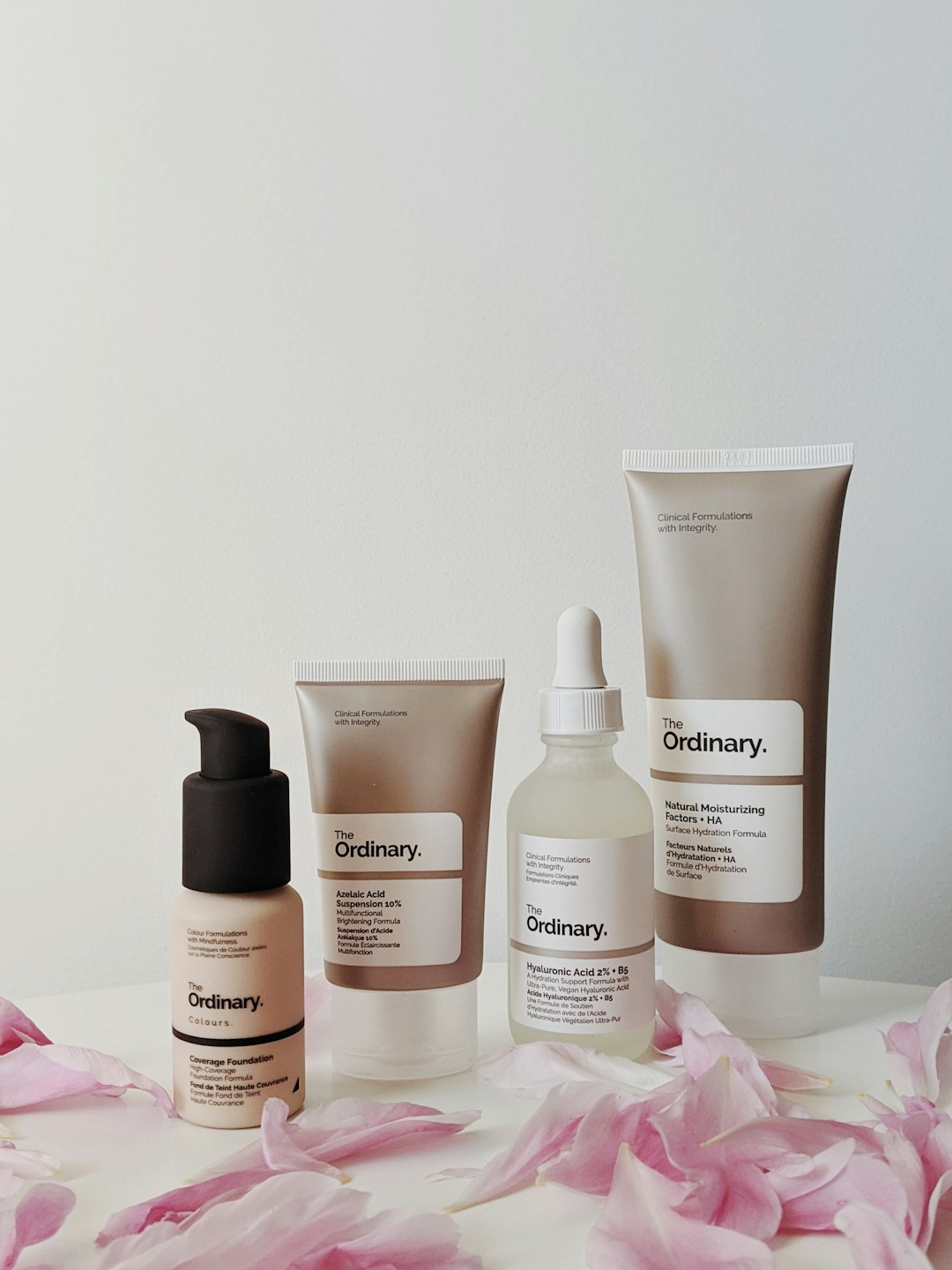Our skin is our body’s largest organ, and it plays a crucial role in protecting us from the outside world. To keep our skin healthy and radiant, it’s essential to properly cleanse and exfoliate it on a regular basis. Cleansing and exfoliating help remove dirt, oil, and dead skin cells that can clog pores and lead to a dull complexion. In this blog post, we will discuss the importance of proper cleansing and exfoliation and provide tips on how to do it effectively.
Why is Cleansing Important?
Cleansing is the first step in any skincare routine and is essential for removing dirt, oil, makeup, and other impurities that can accumulate on the skin throughout the day. If these impurities are not properly removed, they can clog pores and lead to breakouts, blackheads, and other skin issues. Cleansing also helps to prepare the skin for the next steps in your skincare routine, such as moisturizing and applying serums.
When it comes to cleansing your skin, it’s important to choose a gentle cleanser that is suitable for your skin type. If you have oily or acne-prone skin, look for a foaming cleanser that can help to remove excess oil. If you have dry or sensitive skin, opt for a cream or gel cleanser that is hydrating and gentle on the skin.
How to Properly Cleanse Your Skin
To properly cleanse your skin, follow these steps:
1. Start by wetting your face with lukewarm water. Avoid using hot water, as it can strip the skin of its natural oils and cause irritation.
2. Apply a small amount of cleanser to your hands and gently massage it onto your face in circular motions. Be sure to lather the cleanser to help remove impurities from the skin.
3. Rinse your face thoroughly with lukewarm water, making sure to remove all traces of cleanser. Pat your skin dry with a clean towel, being careful not to rub or tug on the skin.
4. Follow up with a toner to help balance the skin’s pH and remove any remaining impurities. Apply the toner to a cotton pad and gently swipe it over your face and neck.
5. Finish your cleansing routine by applying a moisturizer to help hydrate and protect the skin. Choose a moisturizer that is suitable for your skin type and contains ingredients that can help improve the health and appearance of your skin.
Why is Exfoliation Important?
Exfoliation is another important step in any skincare routine and involves using a product or tool to remove dead skin cells from the surface of the skin. Dead skin cells can accumulate on the skin over time, leading to a dull complexion, rough texture, and clogged pores. Exfoliating helps to slough off these dead skin cells, revealing fresher, brighter skin beneath.
There are two main types of exfoliation: physical exfoliation and chemical exfoliation. Physical exfoliation involves using a scrub or exfoliating tool to manually remove dead skin cells, while chemical exfoliation involves using ingredients like alpha hydroxy acids (AHAs) or beta hydroxy acids (BHAs) to dissolve dead skin cells.
How to Properly Exfoliate Your Skin
To properly exfoliate your skin, follow these steps:
1. Determine how often you should exfoliate based on your skin type. If you have oily or acne-prone skin, you may be able to exfoliate more frequently (once or twice a week). If you have dry or sensitive skin, you may need to exfoliate less often (once every one to two weeks).
2. Choose an exfoliant that is suitable for your skin type. If you have sensitive skin, opt for a gentle exfoliant with rounded beads or a chemical exfoliant with a low concentration of AHAs or BHAs. If you have oily or acne-prone skin, you may benefit from a stronger exfoliant with a higher concentration of AHAs or BHAs.
3. Wet your face with lukewarm water and apply a small amount of exfoliant to your hands. Gently massage the exfoliant onto your face in circular motions, being careful not to apply too much pressure.
4. Rinse your face thoroughly with lukewarm water to remove the exfoliant. Pat your skin dry with a clean towel and follow up with a toner and moisturizer to help soothe and hydrate the skin.
Tips for Effective Cleansing and Exfoliation
Here are some additional tips for effective cleansing and exfoliation:
1. Avoid over-exfoliating. Exfoliating too often or using an exfoliant that is too harsh can strip the skin of its natural oils and cause irritation. If you notice redness, dryness, or flakiness after exfoliating, reduce the frequency or switch to a gentler exfoliant.
2. Always cleanse and exfoliate in the evening to remove makeup, dirt, and impurities that have accumulated on the skin throughout the day. In the morning, a simple cleanse with water or a gentle cleanser is usually sufficient.
3. Don’t forget to exfoliate your body as well. Use a body scrub or exfoliating glove to remove dead skin cells and reveal smoother, softer skin.
4. Be consistent with your skincare routine. Cleansing and exfoliating regularly can help improve the health and appearance of your skin over time. Stick to a consistent routine to see the best results.
In conclusion, proper cleansing and exfoliation are essential steps in any skincare routine. By following the tips outlined in this blog post, you can help keep your skin clean, clear, and radiant. Remember to choose products that are suitable for your skin type, avoid over-exfoliating, and be consistent with your skincare routine. Your skin will thank you for it!

